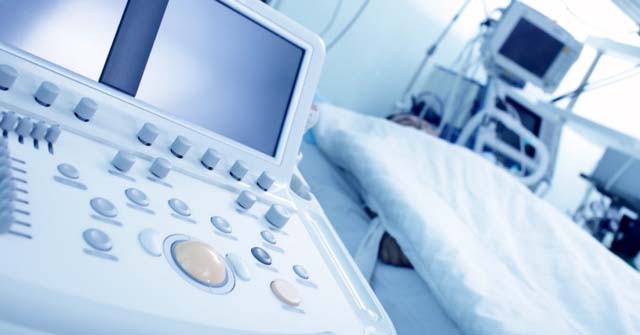Key points Question : Which women with dense breasts who undergo routine screening are at high risk for advanced breast cancer? Findings: In this cohort study of 638,856 women, high rates of advanced breast cancer were observed in women with heterogeneously dense breasts and with a 5-year risk of 2.5% or greater and those with extremely dense breasts and with a risk of 5 years of 1.0% or greater. Identification of density risk subgroups at high risk for advanced cancer provided the most efficient approach to directing women to complementary imaging discussions (1097 discussions per potential advanced cancer prevented). Significance: Assessment of 5-year risk in women with dense breasts identified subgroups at highest risk for advanced cancer and was a more efficient strategy for supplemental imaging discussions than targeting all women with dense breasts. |
Summary
To focus discussions on supplemental breast imaging, taking into account the 5-year risk of advanced breast cancer is more efficient than considering breast density alone.
Many states require patient screening mammography reports to include breast density , and some specify that doctors discuss supplemental imaging (SBI) with ultrasound or MRI when dense breasts are seen. In women at excessive risk of breast cancer and in those with dense breasts, supplemental imaging (SBI) reduces the likelihood of cancers.
To evaluate the effectiveness of various strategies for recommending images, researchers studied a cohort of > 638,000 women (mean age, 56) who underwent digital mammography from 2005 to 2014.
Participants’ baseline 5-year risk was assessed with the Breast Cancer Surveillance Consortium (BCSC) calculator. Breast density was assessed with the Breast Imaging Information and Data System (BI-RADS).
The primary outcome was the incidence of advanced breast cancer diagnosed within 12 months of screening mammography.
Rates of advanced cancer were low (<0.61 per 1000 images) in 34% of women whose images identified dense breasts.
Rates of advanced cancer were highest (≥0.61 per 1000 screenings) in women with heterogeneously dense breasts and with a 5-year risk of ≥2.5% (comprising 6.0% of women screened) , as well as in women with extremely dense breasts and with a 5-year risk ≥1% (comprising 6.5% of women examined).
The estimated utility of analyzing supplemental images was lower when only breast density was considered (1866 discussions for potential for advanced breast cancer) and higher when 5-year cancer risk was also included in the SBI recommendation (1097 discussions for potential of prevented cancer).
Conclusions and relevance
|
Comment
As the editorialists point out, discussing the need for supplemental imaging with all women screened is less efficient than the strategy of focusing on those women with dense breasts and high risk of cancer within 5 years; Still, this latter approach would only prevent 27% of late-stage cancers.
Although the authors’ effort to quantify breast cancer risk in women with dense breasts advances available knowledge, we may not be ready to implement this risk classification strategy.
Furthermore, the current results suggest that state governments have been premature in requiring discussions with women about breast density.
















